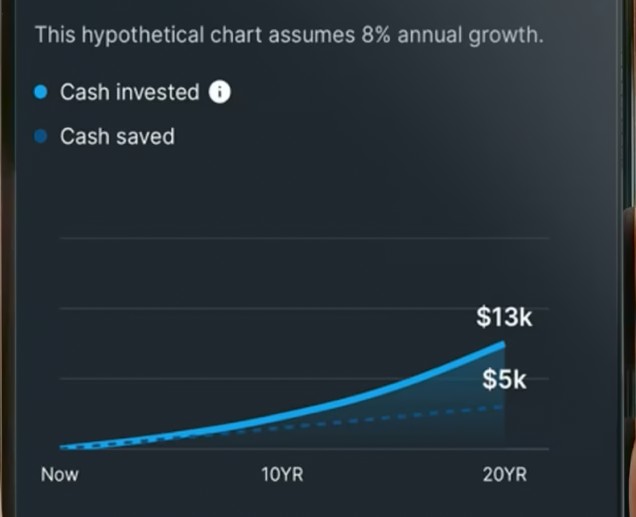As the leaves begin to turn and the air gets crisper, fall presents more than just pumpkin spice and sweater weather. It’s also the perfect time to hit pause, reflect, and get your family’s finances in shape before the year wraps up. With holidays, school expenses, and tax season on the horizon, having a proactive fall financial planning strategy can make a world of difference.
This emotionally supportive and practical checklist is crafted for American families to stay ahead financially, reduce stress, and make confident money moves. Whether you’re working toward a debt-free life, planning for college, or simply trying to stretch every dollar, this guide offers real value.
1. Review and Refresh Your Household Budget
Fall is the ideal time to reflect on your annual budget. With just a few months left in the year, you still have time to course-correct and close out strong.
Steps to Take:
- Track all income sources: Salary, side hustles, benefits.
- List all expenses: Group into fixed (rent, insurance) and variable (groceries, entertainment).
- Identify leaks: Are you overspending on takeout, subscriptions, or impulse buys?
- Adjust as needed: If your goals have shifted, tweak your budget to reflect reality.
Recommended Tool: Try YNAB (You Need a Budget) or Mint for real-time tracking.
2. Re-assess Your Savings Goals
Are you saving with purpose, or just hoping there’s money left at the end of the month?
Action Plan:
- Recalculate progress on your emergency fund (aim for 3-6 months of expenses).
- Evaluate short-term savings: Are you setting aside enough for the holidays?
- Revisit long-term goals: Retirement, kids’ college fund, home upgrades?
Pro Tip: If you’re falling behind, automate savings through your bank or payroll provider.
3. Analyze and Attack Your Debt
Debt doesn’t have to define your financial future. Fall is a great time to face it head-on.
Checklist:
- List all debts: Credit cards, student loans, car payments, mortgages.
- Note interest rates and balances.
- Prioritize payments using either the Avalanche Method (high-interest first) or Snowball Method (smallest balance first).
Tools to Use:
- Undebt.it: Helps you build a custom debt payoff plan.
- National Foundation for Credit Counseling: Get free debt counseling.
4. Prepare for Seasonal Expenses
Fall and winter come with major spending triggers—Halloween costumes, Thanksgiving dinners, and holiday shopping.
Get Ahead:
- Create a Holiday Budget now: Gifts, travel, meals, events.
- Shop early to avoid inflated prices.
- Use cashback apps like Rakuten or Honey for digital deals.
Internal Resource: Use our Back to School Shopping Guide to prepare for educational expenses.
5. Optimize Your Tax Strategy
The earlier you plan for taxes, the fewer surprises you’ll face come April.
Key Moves:
- Gather receipts and documents for deductions (medical bills, donations).
- Max out contributions to your 401(k), IRA, or HSA.
- Review withholdings on your W-4 and adjust if needed.
- Consider hiring a tax pro or using TurboTax to estimate liabilities.
Pro Tip: Charitable donations made before December 31st can still count for this tax year.
6. Review Insurance Policies
Fall is often open enrollment season—a golden opportunity to update insurance.
Audit These Policies:
- Health Insurance: Evaluate new plans, check for HSA/FSA eligibility.
- Auto & Home: Ensure you’re not overpaying; shop for better rates.
- Life Insurance: Has your family grown? Update beneficiaries and coverage.
7. Plan for Long-Term Goals
It’s easy to get lost in the now, but don’t forget about tomorrow.
Strategic Planning:
- Assess your retirement plan performance.
- Rebalance investment portfolios.
- Revisit your child’s 529 Plan or other education savings.
- Consider consulting a certified financial planner (CFP).
Internal Link: Explore our post on 7 Smart Budgeting Apps Americans Swear By in 2025.
8. Audit Your Subscriptions & Recurring Charges
You’d be amazed how much money slips away on subscriptions you forgot about.
Tips:
- Check bank/credit card statements for monthly or yearly charges.
- Cancel unused memberships (streaming, apps, meal kits).
- Try a service like Rocket Money to automate cancellations.
9. Refresh Your Emergency Plan
Is your family financially prepared for an unexpected event?
To-Do:
- Ensure emergency savings are easily accessible.
- Review insurance deductibles.
- Update emergency contact list and disaster plan.
Internal Link: Read our full guide on Emergency Funds: How Much Do You Really Need in 2025.
10. Create Your Fall Financial Action Plan
Wrap it all up by creating a realistic and motivating plan.
Action Steps:
- Set SMART goals (Specific, Measurable, Achievable, Relevant, Timely).
- Assign roles to family members (e.g., savings tracker, coupon hunter).
- Schedule monthly money check-ins.
You can even print a checklist or spreadsheet for visibility. Planning as a family teaches kids lifelong money skills and fosters teamwork.
Final Thoughts: Fall Into Financial Confidence
Fall isn’t just a time for harvest and holidays—it’s a financial checkpoint that can shape how your year ends and how your new year begins. Thoughtful fall financial planning helps families get ahead of holiday stress, avoid debt traps, and lay the groundwork for long-term success.
When you take the time now to plan, you buy peace of mind for the months ahead.
For more family finance guides, checklists, and tools, visit BudgetWiseHub.com and subscribe to stay updated.












